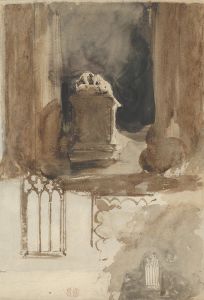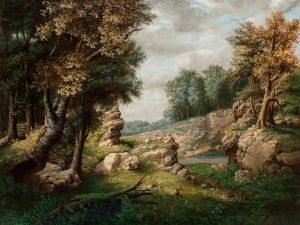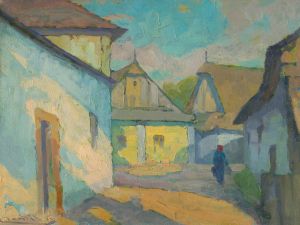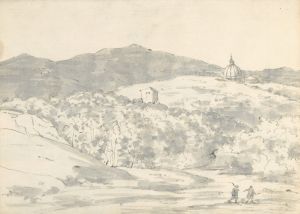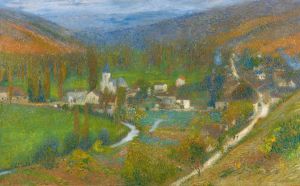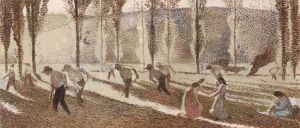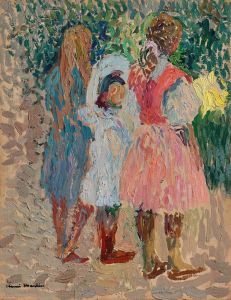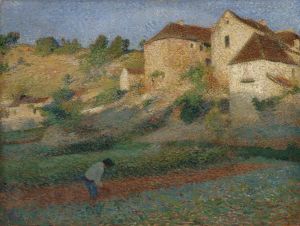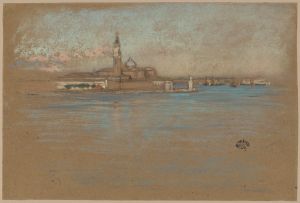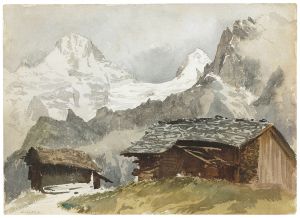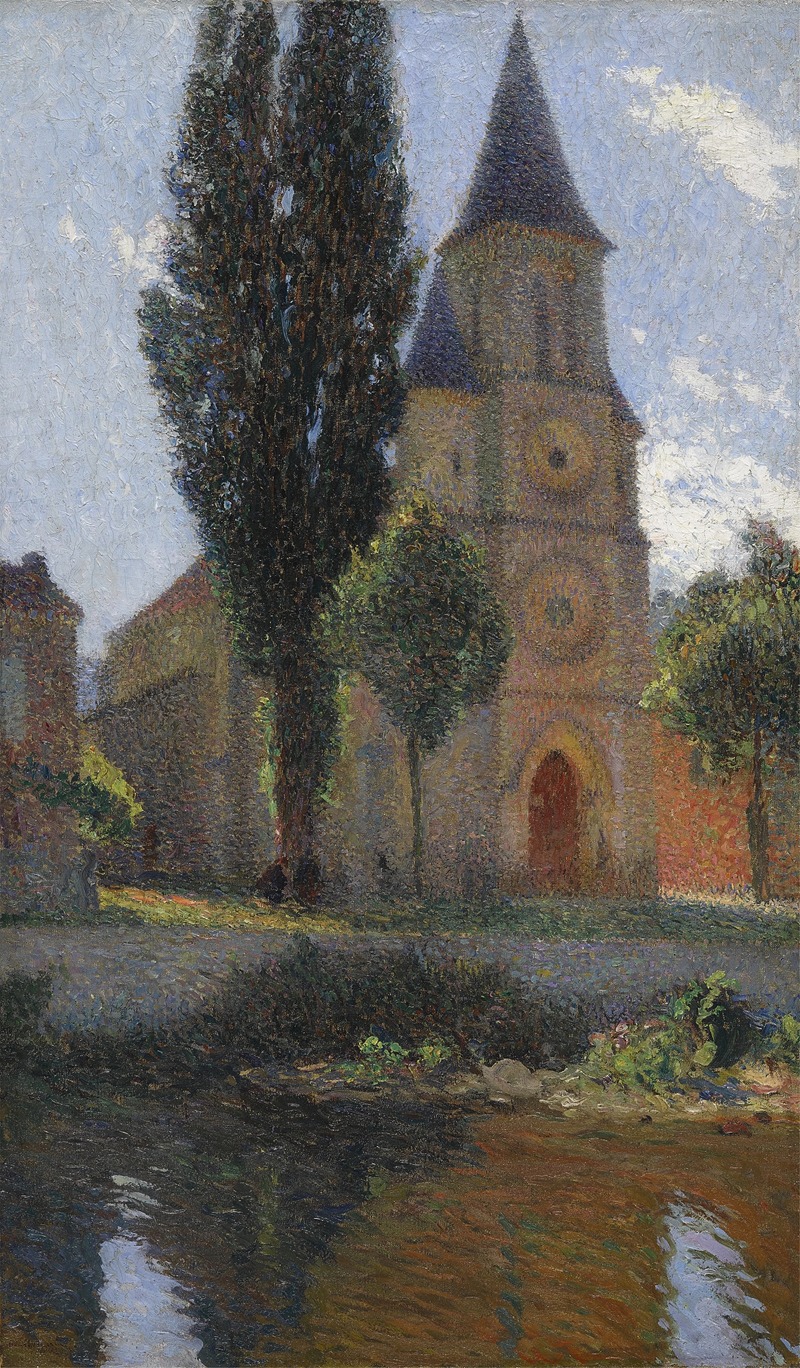
L’Église de Labastide-du-Vert, un matin d’été
A hand-painted replica of Henri Martin’s masterpiece L’Église de Labastide-du-Vert, un matin d’été, meticulously crafted by professional artists to capture the true essence of the original. Each piece is created with museum-quality canvas and rare mineral pigments, carefully painted by experienced artists with delicate brushstrokes and rich, layered colors to perfectly recreate the texture of the original artwork. Unlike machine-printed reproductions, this hand-painted version brings the painting to life, infused with the artist’s emotions and skill in every stroke. Whether for personal collection or home decoration, it instantly elevates the artistic atmosphere of any space.
Henri Martin, a prominent French post-Impressionist painter, created the artwork titled "L’Église de Labastide-du-Vert, un matin d’été" (The Church of Labastide-du-Vert, a Summer Morning). Martin was renowned for his ability to capture the serene beauty of the French countryside, and this painting is a testament to his skill in depicting light and atmosphere.
Henri Martin was born on August 5, 1860, in Toulouse, France. He studied at the École des Beaux-Arts in Toulouse and later moved to Paris, where he continued his studies under the tutelage of renowned artists such as Jean-Paul Laurens. Martin's style evolved over the years, and he became associated with the post-Impressionist movement, known for its emphasis on vivid colors and expressive brushwork.
"L’Église de Labastide-du-Vert, un matin d’été" is one of Martin's many works that reflect his deep connection to the French landscape. Labastide-du-Vert is a small commune in the Lot department of southwestern France. Martin had a personal connection to this region, as he owned a home in the nearby village of Labastide-du-Vert, where he spent much of his time painting the surrounding countryside.
The painting captures a tranquil morning scene, with the church of Labastide-du-Vert bathed in the soft, warm light of a summer morning. Martin's use of color and light is particularly noteworthy; he employs a palette of gentle, harmonious hues to convey the peacefulness of the scene. The church, a central element of the composition, is depicted with careful attention to architectural detail, yet it is the interplay of light and shadow that brings the scene to life.
Martin's technique in this painting reflects his mastery of the divisionist style, a method characterized by the separation of colors into individual dots or patches that blend optically. This technique allows the viewer to experience the vibrancy and luminosity of the scene as if they were standing in the artist's shoes on that summer morning.
Throughout his career, Henri Martin received numerous accolades for his work. He was awarded the prestigious Prix de Rome in 1883, which allowed him to study in Italy, further influencing his artistic development. Martin's contributions to art were recognized with his appointment as a Commander of the Legion of Honor in 1914.
"L’Église de Labastide-du-Vert, un matin d’été" is a fine example of Martin's ability to capture the essence of rural France. His paintings often evoke a sense of nostalgia and tranquility, inviting viewers to appreciate the simple beauty of nature and architecture. Today, Martin's works are held in high regard and can be found in various museums and private collections around the world, continuing to inspire and captivate audiences with their timeless charm.





